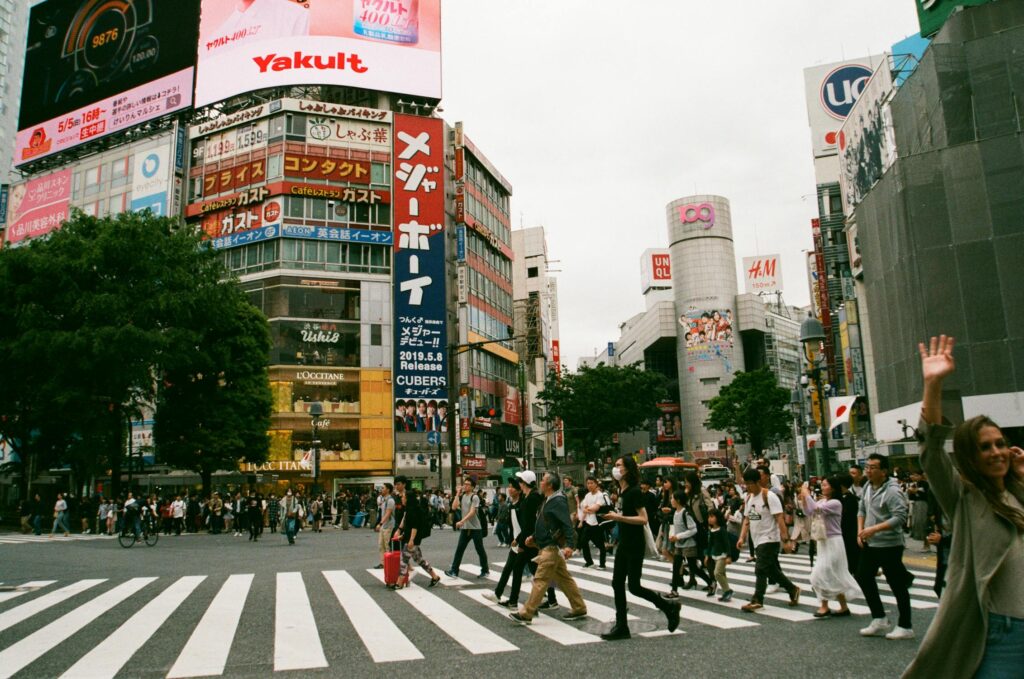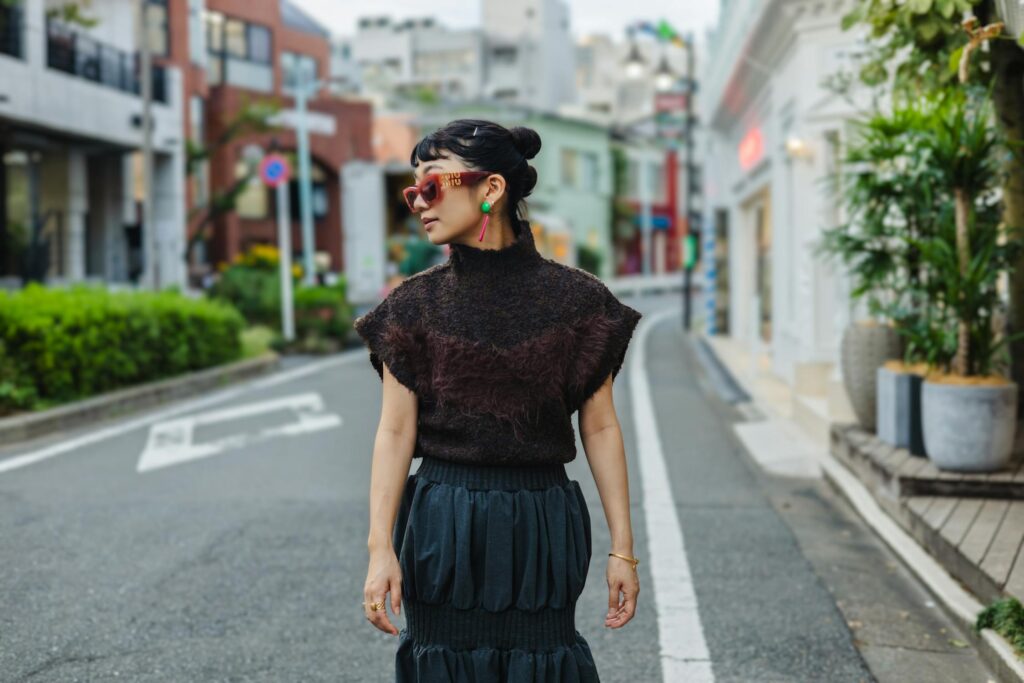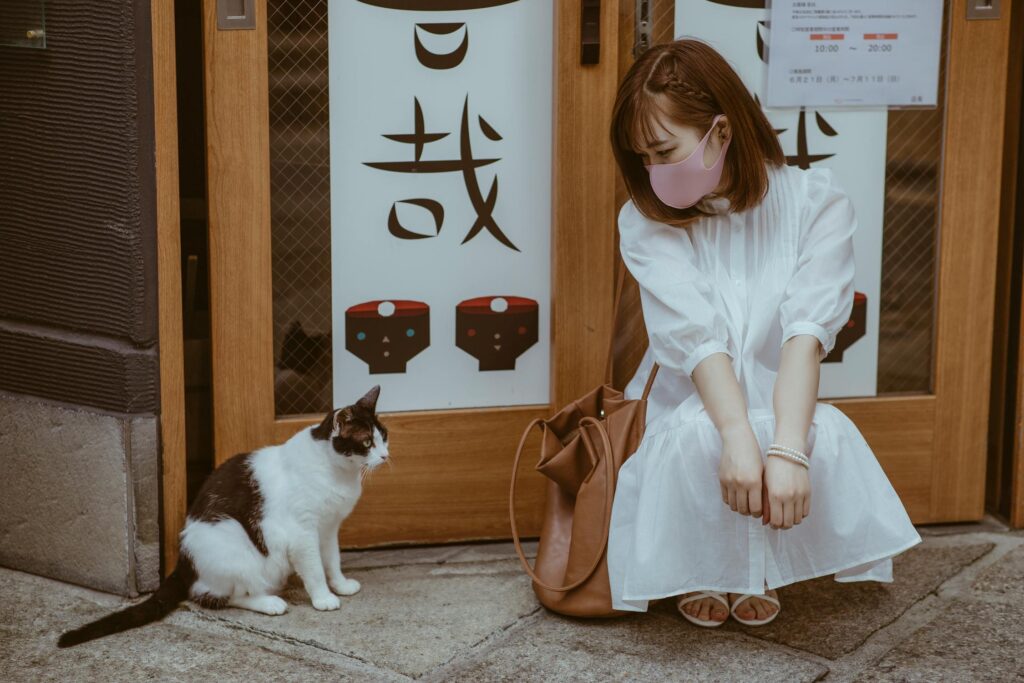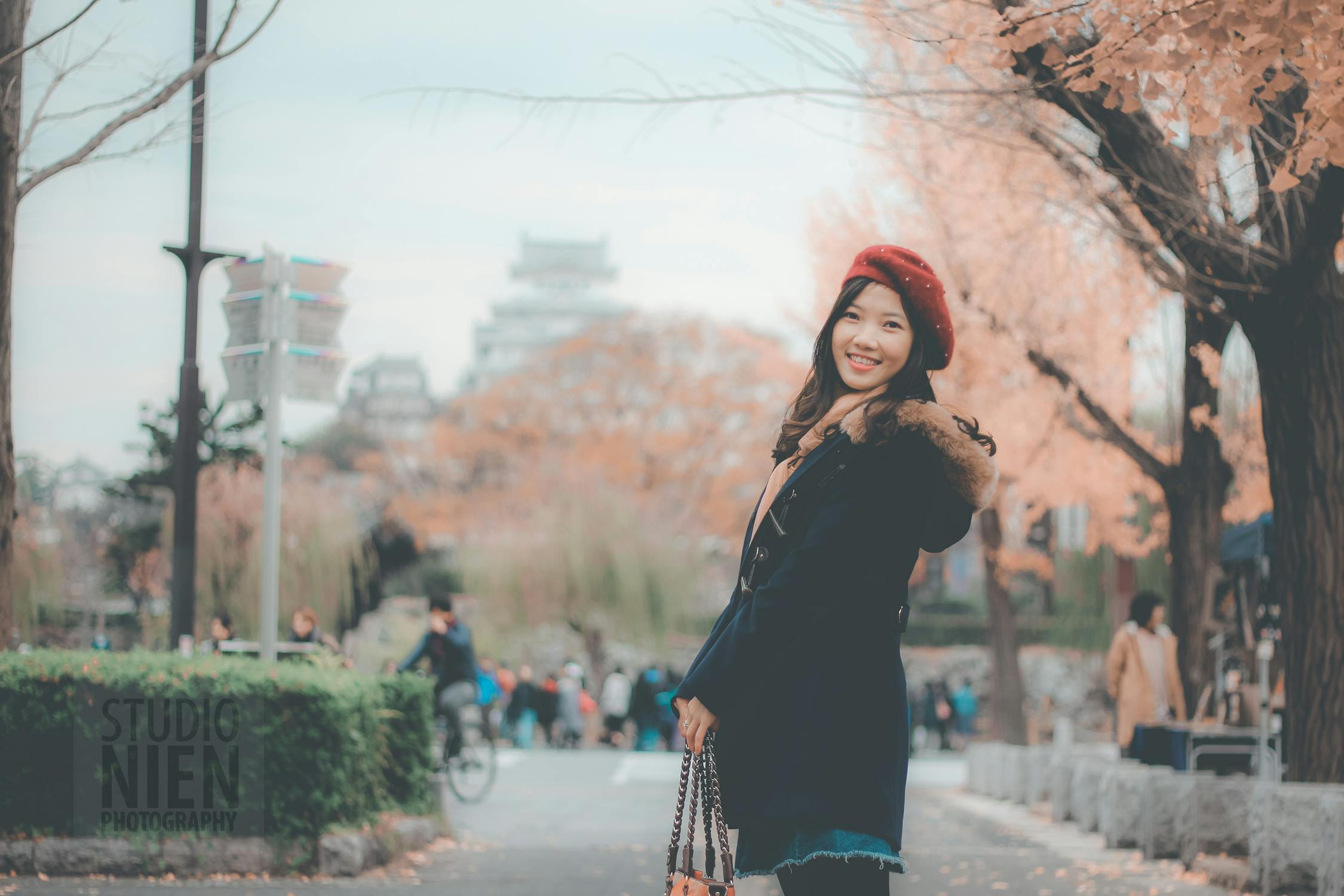Living in Japan means adapting to a culture that values appearance and etiquette. Fashion is not just about personal style—it reflects respect for social norms. While Japan has diverse fashion trends, certain unspoken rules guide daily dressing. Wearing the wrong outfit can make you stand out in an unintended way. Whether at work, social events, or just running errands, knowing what’s appropriate helps you blend in smoothly. Here, we’ll highlight key fashion faux pas to avoid when living in Japan, ensuring you dress appropriately for different situations while respecting local customs. Dressing well will make your daily interactions easier and more comfortable.
Contents
- Overly Casual or Sloppy Clothing in Public
- Revealing Too Much Skin—What’s Considered Too Much?
- Packing Your Wardrobe for Relocation: What to Bring and What to Leave Behind
- Loud or Flashy Colors in Professional Settings
- Wearing the Wrong Shoes Indoors
- Dressing Too Casually for Formal Events
- Misjudging Seasonal Fashion Norms when living in Japan
- Ignoring Subtle Accessories and Grooming Norms
- Misunderstanding School and Workplace Dress Codes
- Dress Smart, Blend In, and Feel Confident
Overly Casual or Sloppy Clothing in Public
In Japan, appearance matters, even in casual settings. Wearing wrinkled clothes, sweatpants, or pajama-style outfits outside can seem sloppy. People take pride in dressing neatly, whether going to the grocery store or meeting friends. Avoid gym wear or overly relaxed styles unless you’re at the gym.
To develop a polished yet comfortable everyday look, create a fashion vision board with clean, well-fitted outfit ideas. Simple, structured clothing in neutral tones works best for casual outings. Prioritizing neat and presentable fashion helps you blend in and makes social interactions smoother in Japan.

There are many different styles in Japan
Revealing Too Much Skin—What’s Considered Too Much?
Modesty is key in Japan, especially for women. While short skirts are common, low-cut tops, exposed shoulders, and backless outfits can feel inappropriate in many settings. Tank tops without a cardigan or jacket may attract unwanted attention. Covering shoulders and avoiding tight or overly revealing clothes is expected in workplaces and formal environments.
Even in summer, many women wear light layers to maintain modesty. When living in Japan, dressing with a balanced style and cultural awareness ensures comfort and respect in social interactions. Opt for refined, elegant outfits that align with local expectations.
Packing Your Wardrobe for Relocation: What to Bring and What to Leave Behind
Moving to Japan requires thoughtful packing, especially regarding your wardrobe. Japan experiences all four seasons, so it’s essential to bring clothing suitable for hot, humid summers and cold, snowy winters. To adapt to changing temperatures, prioritize versatile, layered pieces such as lightweight jackets, cardigans, and thermal wear. Neutral, well-coordinated outfits are ideal for social and professional settings, as Japanese fashion emphasizes elegance and subtlety over bold patterns or excessive logos.
Comfortable yet stylish footwear is essential, as walking and public transportation are integral to daily life. Additionally, consider Japan’s limited storage space when deciding what to bring—packing efficiently will make settling in much easier.
At the same time, for a seamless relocation, enlist the help of Kokusai Express Moving, a trusted international moving company specializing in overseas relocations to Japan. With expertise in handling logistics, customs procedures, and secure transportation, they ensure your wardrobe and belongings arrive safely and on time. Their professional services make the transition smoother, allowing you to focus confidently on adjusting to your new home.
Loud or Flashy Colors in Professional Settings
Japanese workplaces favor a conservative dress code. Bright colors, bold patterns, and flashy accessories can seem unprofessional. Dark, neutral tones such as black, navy, and gray are the standard for business attire. Even in creative fields, overly vibrant outfits may stand out too much. Instead, opt for well-tailored, simple designs that reflect professionalism.
To fit in seamlessly, adjust your work wardrobe by choosing classic pieces that blend style with subtlety. A polished appearance shows respect for workplace culture and helps build credibility. Dressing appropriately in professional settings makes interactions smoother and leaves a positive impression.

You can still be bold while avoiding bright colors when living in Japan
Wearing the Wrong Shoes Indoors
In Japan, shoes must be removed before entering homes, temples, and businesses. Wearing outdoor shoes indoors is considered rude and unsanitary. Always check for designated areas to remove shoes and use provided slippers when available.
Clean socks are essential since feet are often exposed—avoid wearing socks with holes or mismatched pairs. Carrying a pair of indoor slippers is a good habit, especially when visiting someone’s home. Respecting this custom helps you avoid awkward situations and shows cultural awareness when living in Japan.
Dressing Too Casually for Formal Events
Formal events in Japan require appropriate attire. Wearing jeans, sneakers, or casual dresses to weddings, business meetings, or ceremonies can seem disrespectful. Men should opt for suits, while women should choose elegant, modest outfits in neutral colors.
A common fashion faux pas is underdressing for formal occasions, which may give the impression of carelessness. It’s better to dress slightly more formally than casually when in doubt. Following these expectations helps you show respect and blend seamlessly at important gatherings.
Misjudging Seasonal Fashion Norms when living in Japan
Japanese fashion closely follows seasonal trends, and wearing the wrong type of clothing can make you stand out. Even if the weather feels warm, wearing summer outfits in autumn or winter may seem odd. Locals dress according to the season, not just the temperature.
Heavy coats in winter and light layers in summer are expected. Bright floral prints in colder months may feel out of place. When living in Japan, observing seasonal fashion norms ensures you blend in and stay comfortable throughout the year.

Subtle and neat looks are popular in Japan
Ignoring Subtle Accessories and Grooming Norms
Accessories and grooming play a key role in Japanese fashion. Over-the-top jewelry, excessive makeup, and bold nail colors can feel out of place in many settings. Instead, subtle and elegant accessories are preferred. Clean, well-styled hair and neatly trimmed nails are essential for a polished look.
Skincare is also important, and many locals follow Japanese skincare tips to maintain a fresh, natural appearance. Messy hairstyles or unkempt nails may leave a negative impression. Prioritizing simple and well-groomed looks helps you fit in and feel confident in social and professional settings.
Misunderstanding School and Workplace Dress Codes
Schools and workplaces in Japan often have strict dress codes. Many companies expect formal or smart-casual attire, while schools may have uniform requirements. Tattoos, unnatural hair colors, and excessive piercings can be frowned upon in professional settings. Even in casual workplaces, dressing too casually can seem unprofessional.
It’s best to observe what colleagues wear and adjust accordingly. Some workplaces require specific shoes indoors, so keeping a pair of office slippers is useful. Respecting dress codes helps you maintain a professional image and avoid unnecessary attention in academic and work environments in Japan.
Dress Smart, Blend In, and Feel Confident
When living in Japan, appropriately dressing makes daily life easier. Understanding fashion norms helps you avoid awkward situations and blend in effortlessly. Prioritizing clean and well-fitted clothes ensures comfort in social and professional settings. Respecting cultural expectations shows awareness and consideration. By adapting to local fashion etiquette, you’ll feel more confident and comfortable, making your experience smoother and more enjoyable.


